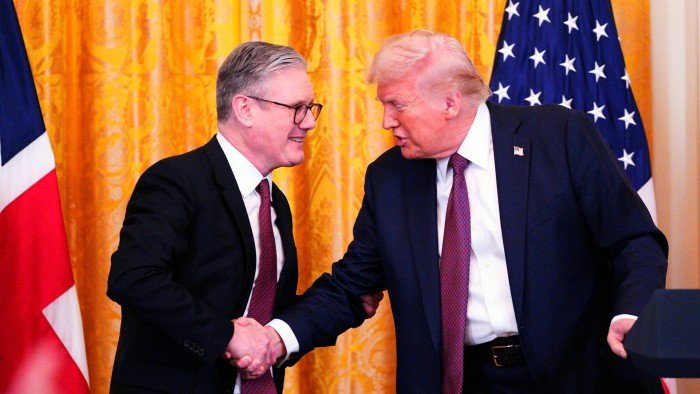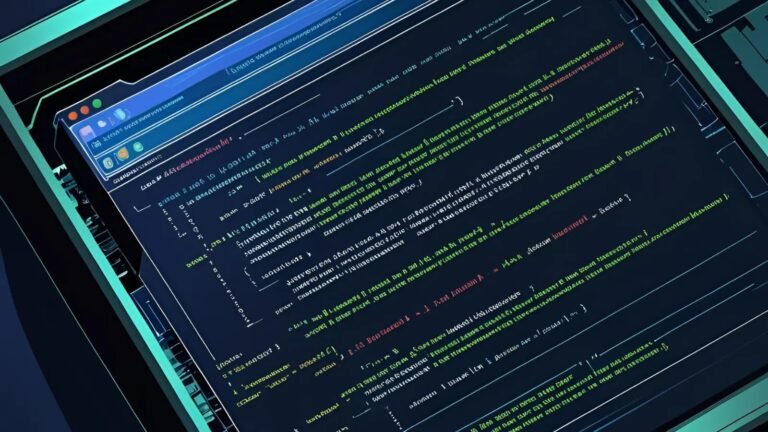
Unlock the White House Watch newsletter for free
Your guide to what Trump’s second term means for Washington, business and the world
The White House will begin on Friday unilaterally notifying trade partners of new tariff rates on their exports to the US, Donald Trump has said ahead of his looming July 9 deadline to complete new deals.
Trump told reporters overnight that he expected “10 or 12” letters would be dispatched on Friday, with more in the coming days so that all partners would be “fully covered” by next Wednesday’s deadline.
The new tariffs would “range in value from maybe 60 or 70 per cent tariffs to 10 and 20 per cent tariffs”, Trump said, raising the possibility that some countries could get even higher levies than those announced on “liberation day”, April 2.
Trump had initially predicted there would be a flurry of deals with major trade partners due to pressure from his hefty “liberation day” tariffs. But he appeared to indicate on Thursday that his patience was running out.
While “a couple of other deals” were coming, Trump said others would face unilateral treatment. “My inclination is to send a letter out and say what tariffs they are going to be paying,” he said. “It’s much easier.”
The president did not say whether the tariffs would be blanket rates levied on all goods, or if they might include charges on specific products. Autos and steel are already tariffed at 25 and 50 per cent respectively.
The new rates will be effective from August 1 and the US will begin earning income on them from that date, Trump said.
US tariff revenues surged almost fourfold in May from a year earlier to a record $24.2bn — a more than 25 per cent rise from a month earlier, according to data published this week.
Trump imposed so-called reciprocal tariffs on US trade partners of up to 50 per cent on “liberation day”. Under pressure from bond markets, he quickly instituted a 90-day pause for countries to negotiate.
Since then, only two governments — the UK and Vietnam — have concluded agreements in principle, leaving a bottleneck ahead of the July 9 deadline.
Most countries have been paying a flat 10 per cent baseline tariff on most other goods since Trump began the pause, pending the outcome of negotiations.
Key US security partners, such as Japan — which received a 24 per cent tariff on April 2 — have been slow to reach agreement. Trump threatened this week to impose a 30 or 35 per cent tariff on Tokyo if a deal could not be agreed.
The “liberation day” tariffs were calculated based on the size of each country’s trade deficit with the US, with major Asian manufacturing hubs for US consumer items like Vietnam being hardest hit.
This week, Trump announced that Vietnam — which was slapped with a 46 per cent “liberation day” tariff — would pay a flat 20 per cent levy on goods manufactured in the country. Goods that are simply being shipped via Vietnam will face a 40 per cent levy.



